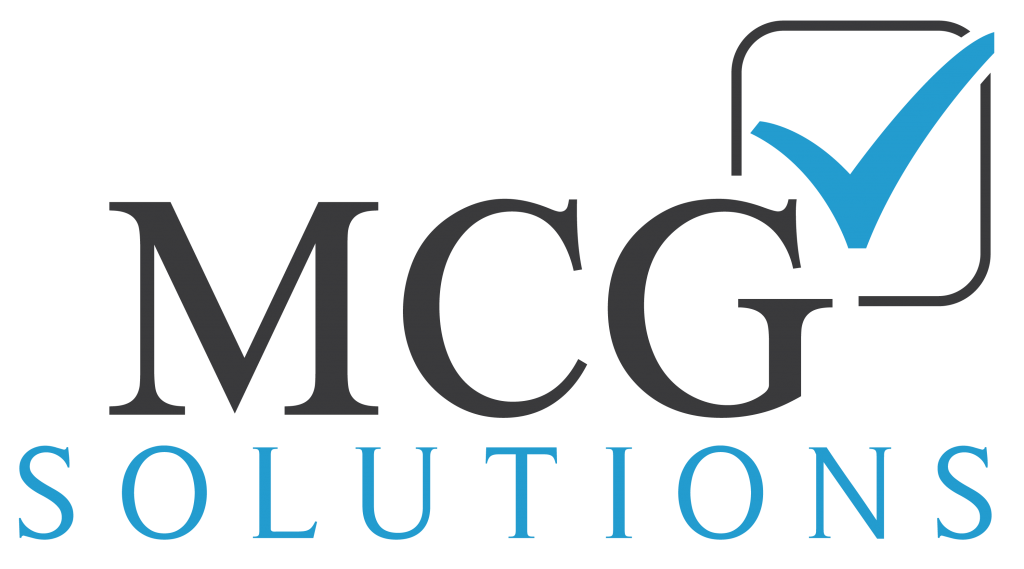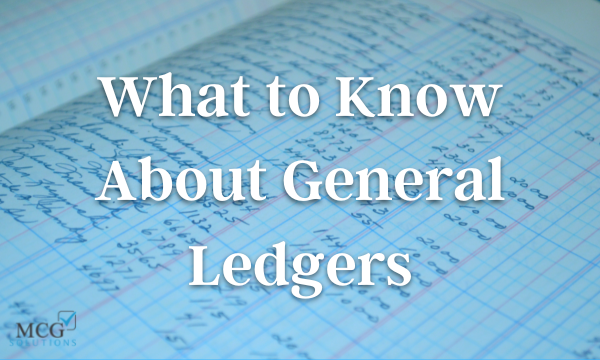Keeping track of your financial transactions is one of the most basic tasks a business owner must perform. If you don’t know where your money is going and how much is coming in, you won’t be able to make smart business decisions.
General ledgers are record-keeping systems. Each financial transaction is recorded twice (a credit entry and a debit entry), along with the information required to create financial statements, and compared against the trial balance. This includes your assets, liabilities, equity, revenue, and expenses.
Your general ledger gives you a full picture of your financial health, from profit growth and increased expenses to seasonal revenue fluctuations. Having a detailed, accurate general ledger makes it easier to find errors, monitor revenue and trends, file taxes, and more. Plus, if you’re hoping to grow your business, a general ledger makes it easy for investors, bankers, and potential business partners to review your finances.
What goes into a general ledger?
If you already have a chart of accounts, your general ledger will reflect that information. (If you do not have a chart of accounts, this is the perfect opportunity to create one.) General ledgers and charts of accounts should include:
- Current and fixed assets
- Current or long-term liabilities
- Sales revenue
- Gains and losses
- Owner equity
- Expense accounts
These accounts should be categorized into four areas: assets, liabilities, equity accounts and other transactions. Assets include everything of value within the business, like cash, accounts receivable, physical assets, real estate or intellectual property.
Liabilities include accounts payable, salaries, debts and other transactions where you are paying money owed. This includes money owned for services, products, vendors and more.
Equity accounts are the capital invested in the business: basically, what’s left over after paying off all liabilities. Other transactions may include entries where amounts are recalculated or re-classified to correct errors or close out short-term accounts.
How to organize your general ledger?
Organizing your general ledger can be done manually or with financial software. Whichever method you choose, make sure it’s one that can be easily updated. You need to ensure that every transaction is recorded and checked for best results.
As a general rule, you should record every transaction in the appropriate category, and summarize your transactions to add to the general ledger about once per month. If you’re using a manual recording method, separate each account on a different page for clarity’s sake
It’s always best to start a general ledger when you start your business—but the second best time is now. When you’re serious about profitability and growth, a general ledger provides clear, quick insight into your financial picture. The time you spend now will pay off later.
When you need help with bookkeeping and tax preparation, MCG Solutions is here to help. Whether you’re an established business or just getting off the ground, we ensure our clients have detailed, accurate and clear financial records.
Let us support your small business—call today to get started.

